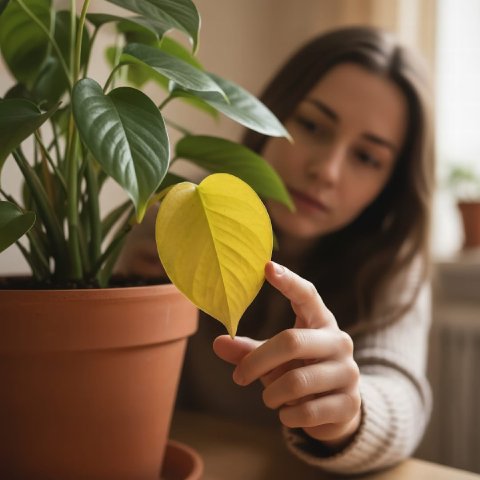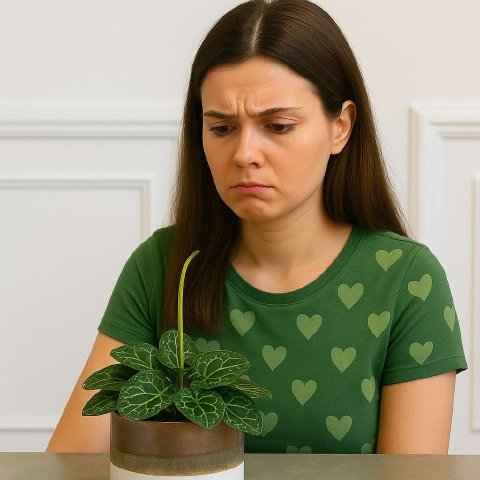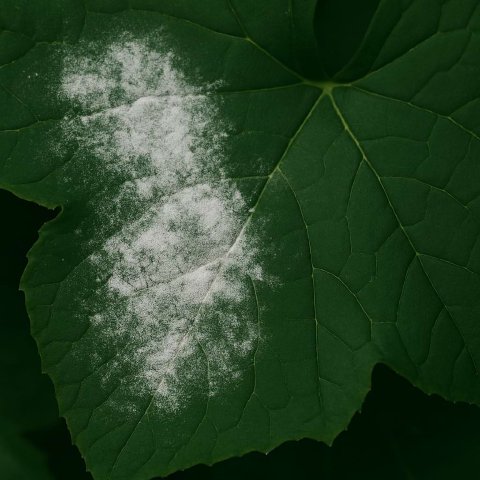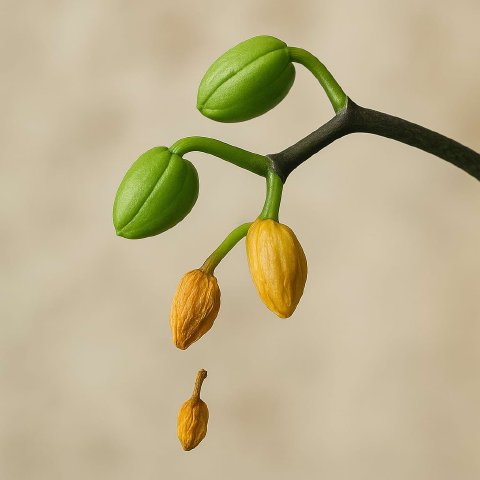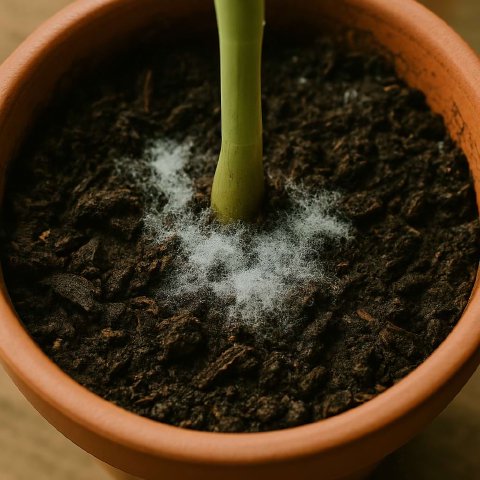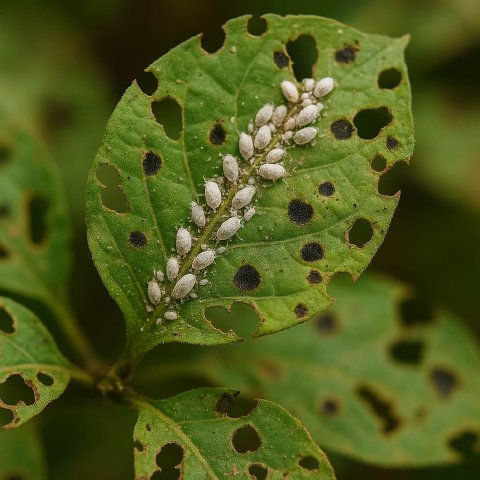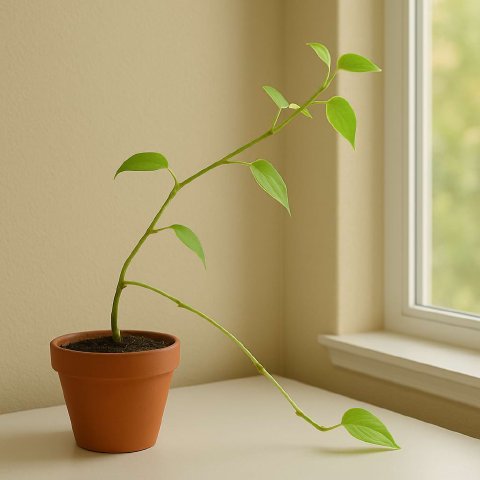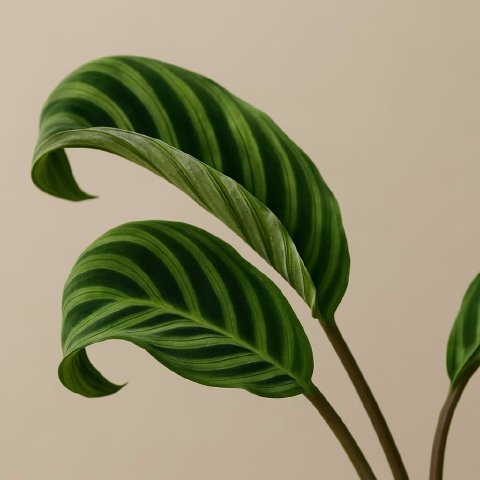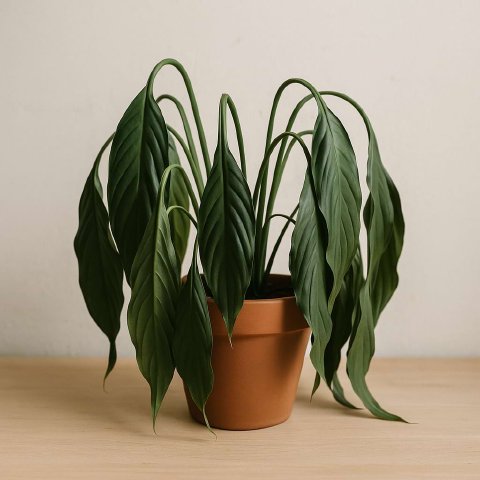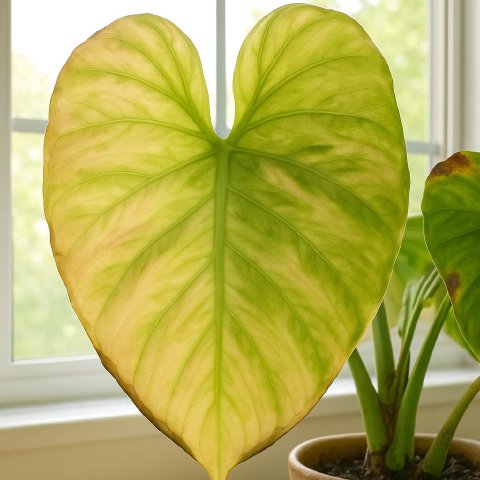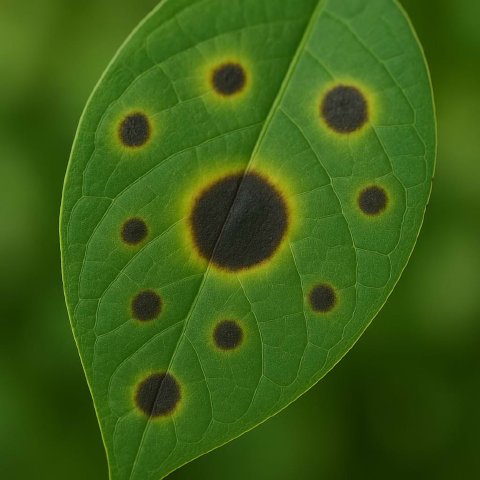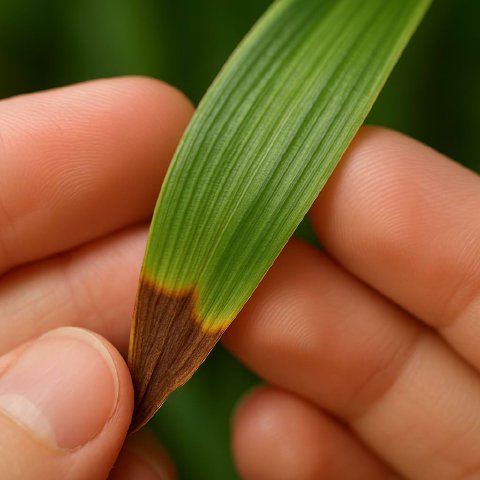🪴 In This Guide 🪴
🎯 Browning Variegation? Let's Diagnose the Problem
Quick Diagnostic Chart
Hello, variegated plant lovers! Anastasia here. There is nothing more beautiful than a leaf with stunning splashes of white or pink, and nothing more frustrating than watching those beautiful sections turn brown and crispy.
This happens because variegated tissue is incredibly delicate. It’s the “canary in the coal mine” for your plant’s health. When conditions aren’t perfect, the white or pink parts will be the first to show stress. Let’s figure out what’s going on.
| If you see… | And the plant’s environment is… | It’s likely… |
|---|---|---|
| Brown, crispy edges on the white/pink sections | Dry air; inconsistent watering | Low Humidity & Underwatering (The #1 Cause) |
| Soft, mushy, or dark brown spots on the variegation | Wet soil; water sitting on leaves | Overwatering or Water Damage |
| A sudden, large, papery brown patch on a white section | In a very bright or sunny spot | Sunburn |
| An entire all-white or all-pink leaf slowly browning | N/A | Natural Cell Death (Leaf can’t sustain itself) |
🤔 Why Are Variegated Sections So Fragile?
The Weakest Link
The white, pink, or light yellow parts of a variegated leaf are the result of a genetic mutation that prevents cells from producing chlorophyll. This has two major consequences:
- They Can’t Make Energy: With no chlorophyll, these sections can’t photosynthesize. They are entirely supported by the green parts of the plant.
- They Are Structurally Weaker: Chlorophyll-containing cells are robust. The cells in variegated sections are more delicate and contain more water, making them highly susceptible to drying out, rotting, or burning.
Think of the green parts as the breadwinners and the white parts as the delicate dependents. Any shortage of resources (water, humidity) or an excess of stress (sun, heat) will harm the dependents first.
🌿 Top 4 Causes of Browning on Variegated Leaves and How to Fix Them
Cause #1: Low Humidity & Inconsistent Watering
This is the leading cause of crispy brown edges on variegated sections.
- Why it happens: The delicate, non-pigmented cells cannot retain moisture as well as green cells. In dry air, water is pulled from these fragile areas faster than the plant’s roots can supply it. This causes the cells at the very edge of the white patches to die and turn into a crispy brown border.
- How to check: The browning is dry, papery, and concentrated on the edges of the white parts. Your home’s air is likely dry (especially in winter). You may have been letting the soil get too dry between waterings.
- The Fix:
- Boost Humidity: This is crucial. Place the plant near a humidifier (the best option), group it with other plants, or use a pebble tray.
- Maintain Consistent Moisture: Don’t let the soil go from bone-dry to soaking wet. Water when the top 1-2 inches of soil are dry to keep a steady supply of moisture available to the delicate leaves.
Cause #2: Overwatering or Water on Leaves
Too much water in the wrong place is just as bad as too little.
- Why it happens: If water is left sitting on the surface of a leaf, the delicate white tissue can quickly begin to rot, creating a soft, mushy brown spot. More commonly, overwatering the soil leads to root rot. The damaged roots can’t deliver water effectively, and the most fragile parts of the plant-the variegated sections-are the first to die off from the lack of a functioning supply line.
- How to check: The brown spots are soft and mushy, not crispy. The soil is consistently wet, and the pot may lack good drainage.
- The Fix: Water the soil, not the leaves. Allow for good air circulation to dry the leaves quickly if they get wet. If you suspect root rot, you must unpot the plant, trim any dead roots, and repot in fresh, well-draining soil.
Cause #3: Too Much Direct Sun (Sunburn)
Variegated sections have no natural sun protection.
- Why it happens: Chlorophyll acts like a natural sunscreen for a plant. The white parts of a leaf have none. When exposed to direct, intense sunlight, these areas will scorch almost instantly, creating a large, papery, light-brown patch.
- How to check: The brown patch appeared suddenly after the plant was exposed to direct sun. It will be on the parts of the plant most hit by the light.
- The Fix: Move the plant immediately to a location that receives only bright, indirect light. Variegated plants need bright light to maintain their color, but direct sun rays will burn them every time.
Cause #4: Natural Life Cycle of a Highly Variegated Leaf
Sometimes, it’s not your fault.
- Why it happens: A leaf that is very highly variegated (e.g., half-moon or almost fully white) is inherently unstable. The small amount of green tissue struggles to support the large, non-productive white area. These leaves have a naturally shorter lifespan and will often begin to brown and die back sooner than a more balanced leaf, simply because they can’t sustain themselves.
- How to check: The browning is occurring on a leaf that is mostly or entirely white/pink. The rest of the plant and its more balanced leaves look healthy.
- The Fix: This is part of the experience of owning highly variegated plants. You can prune off the dying leaf to keep the plant looking tidy and to redirect its energy. The goal is to encourage new growth with a more sustainable balance of green and white.
🛡️ How to Keep Variegated Sections Pristine
Best Practices for Delicate Leaves
- High Humidity is Your Best Friend: A humidifier set to 50-60% is the single best investment for keeping the white parts of your leaves from getting crispy.
- Provide Perfect Light: Find the “Goldilocks zone” of very bright, but never direct, sunlight.
- Water with Care: Keep the soil consistently moist but never soggy, and always water the soil directly, avoiding the leaves.
- Promote Good Airflow: Gentle air circulation helps prevent water from sitting on leaves and discourages fungal issues.

